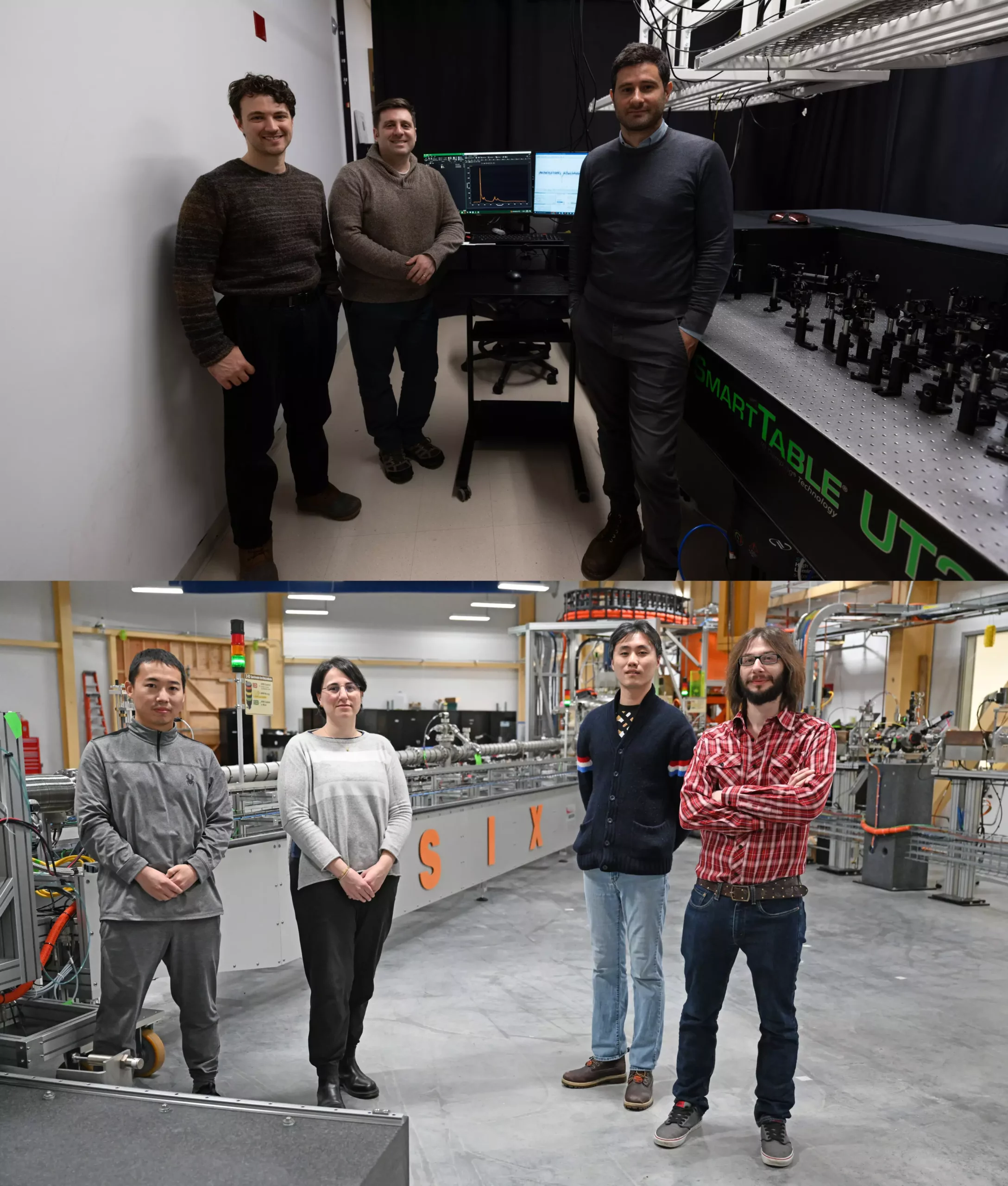Single-photon emitters (SPEs) play a crucial role in the realm of quantum technology. These microscopic light sources emit only one photon at a time, making them invaluable for applications such as secure communications and high-resolution imaging. However, the materials containing SPEs have often been impractical for mass manufacturing due to their high cost and the challenges associated with integrating them into complex devices.
In 2015, scientists made a groundbreaking discovery by finding SPEs within hexagonal boron nitride (hBN). This material has since garnered widespread attention in various quantum fields and technologies, including sensors, imaging, cryptography, and computing. The layered structure and ease of manipulation of hBN have made it a favored material for exploring the potential of SPEs.
A recent study published in Nature Materials has shed light on the properties of hBN, offering solutions to discrepancies in previous research regarding the origin of SPEs within the material. The collaborative effort involved researchers from the Advanced Science Research Center at the CUNY Graduate Center, the National Synchrotron Light Source II (NSLS-II) user facility at Brookhaven National Laboratory, and the National Institute for Materials Science. Led by Gabriele Grosso and Jonathan Pelliciari, the study utilized advanced techniques based on X-ray scattering and optical spectroscopy to uncover a fundamental energy excitation that triggers the generation of harmonic electronic states resulting in the emission of single photons.
Connecting Observations and Findings
The discovery of a fundamental energy excitation at 285 millielectron volts has provided a unifying explanation for the variability observed in earlier studies on hBN properties. These harmonics correlate with the energies of SPEs observed in various experiments worldwide, bridging the gap between previous observations and offering a common underlying origin for the phenomenon. The newfound insight has allowed researchers to organize and connect disparate findings, providing a coherent framework for understanding the behavior of SPEs in hBN.
While defects in hBN give rise to its unique quantum emissions, they also pose challenges for researchers seeking to study them. Defects, being highly localized and hard to replicate, present a significant obstacle in the quest to comprehend the behavior of SPEs in hBN. However, the implications of this study extend beyond just hBN; the findings serve as a stepping stone for studying defects in other materials containing SPEs, potentially driving advancements in quantum information science and technologies.
Enabling Advancements in Quantum Technology
Understanding quantum emission in hBN is pivotal for advancing quantum technologies, enabling secure communications and powerful computation. The ability to connect measurements across a wide range of optical excitation energies opens up new possibilities in quantum research and development. The study’s lead author, Enrique Mejia, highlights the excitement surrounding the results, emphasizing the potential for groundbreaking advancements in the field of quantum technology.
The investigation into single-photon emitters within hexagonal boron nitride offers a glimpse into the intricate world of quantum phenomena. Through collaborative efforts and innovative techniques, researchers have unraveled the mysteries surrounding SPEs, paving the way for future discoveries and applications in the realm of quantum technology.


Leave a Reply